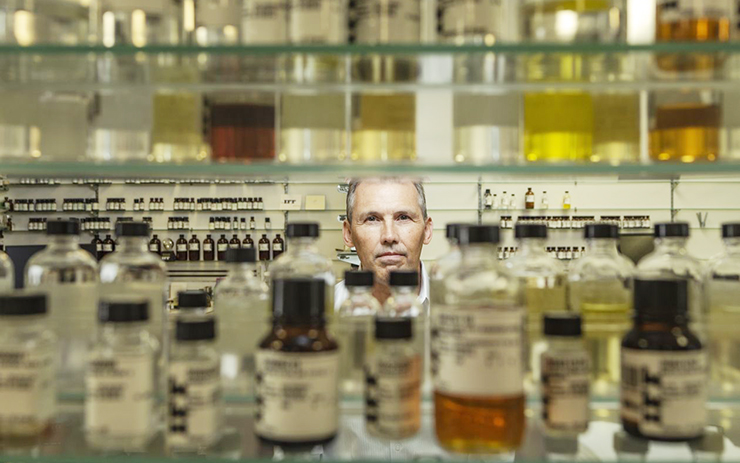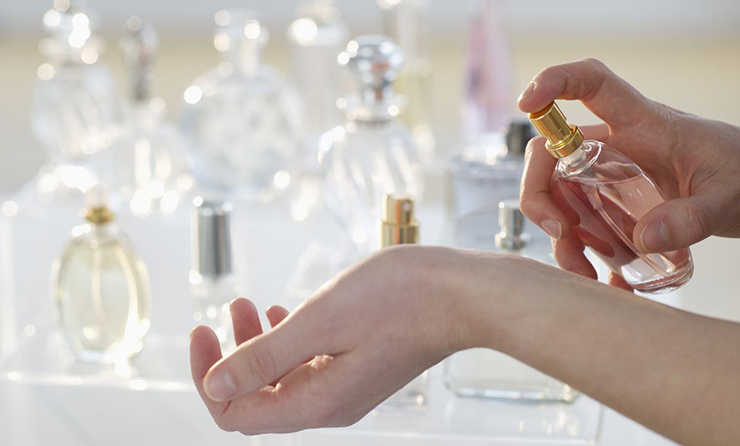
 Niche Perfumery is not only scents which have become popular thanks to advertisements in glossy magazine featuring celebrities. It’s also the art of creating fragrances, the religion of perfume notes and the philosophy behind the effect of perfume on the human skin.
Niche Perfumery is not only scents which have become popular thanks to advertisements in glossy magazine featuring celebrities. It’s also the art of creating fragrances, the religion of perfume notes and the philosophy behind the effect of perfume on the human skin.
The products of the perfumery industry can be divided roughly into three groups.
- mass market – such perfumes are not different in complex aromas or selection of raw materials. However, they do have an advantage — their easy accessibility. Their habitat includes supermarket shelves, market pavilions, and underground passages.

- Luxury — the perfumery creativity from famous fashion houses and fragrance companies. The products are 100% fashion-oriented, and they are loved by the public. This is because perfume companies spend a lot of money on research into consumer opinion, and test hundreds of fragrance prototypes. Luxury perfumery is always associated with grandiose advertising campaigns, Hollywood celebrities and top models, as well as athletes.

-
- Niche Perfumery — This is the creation by the best perfumers or perfume houses that have a rich history of creating perfumes. These houses are home to the most talented and sensitive “noses” in our time.

- The niche perfume houses, however, are not bound by these constraints. They create without regard to the cost, age, or classification of perfumes.

- Niche Perfumery — This is the creation by the best perfumers or perfume houses that have a rich history of creating perfumes. These houses are home to the most talented and sensitive “noses” in our time.
What are the characteristics of a niche fragrance?
-
- Unusual Fragrances – niche Perfumery uses unusual raw materials to create their scents. They can make you fall in love, embarrass you, or shock you. But they won’t leave you indifferent. It can be a combination of champagne and vodka, oud and white truffles, or even the smell of an older car with honey molasses.
- Raw materials — niche perfumists use only the best natural raw materials. A lot depends on the harvest year and where it was grown. A niche perfumer, for example, will not be lazily go to North Africa in order to purchase an orange tree blossom, or to Indonesia to obtain the essence of a gaiac plant.

- Production Volumes – niche perfumery does not aim for mass production. It’s often limited by the quantity of raw materials available per year. Some fragrances can only be produced in small quantities, and are available in boutiques as few as two or three pieces per year.
- Packaging — niche fragrances don’t use expensive designer bottles that are typical of luxury perfume brands. The shape of the bottle is typically a classic, strict one. The label can be signed by hand.

-
- Production Volumes – niche perfumery does not aim for mass production. It’s often limited by the quantity of raw materials available per year. Some fragrances can only be produced in small quantities, and are available in boutiques as few as two or three pieces per year.
- Packaging — niche fragrances don’t use expensive designer bottles that are typical of luxury perfume brands. The shape of the bottle is typically a classic, strict one. The label can be signed by hand.

add a comment







